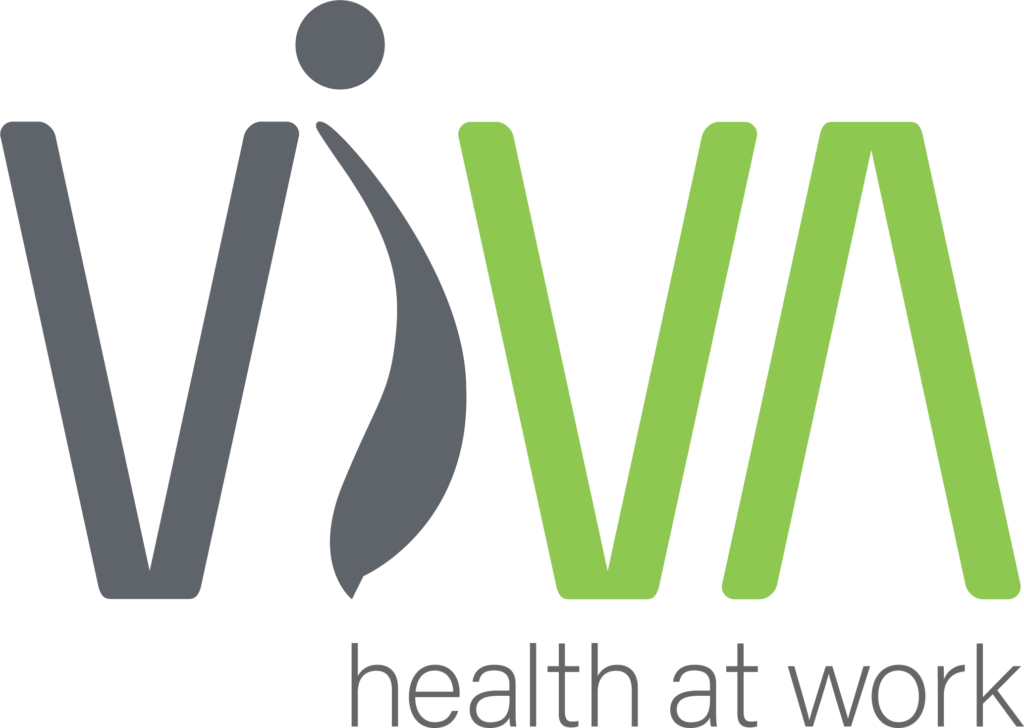(This concept was presented at SIA Visions 2017, 22 May, Toowoomba, QLD)

We talk about the development of a positive corporate leadership culture, sustainable business performance, safety leadership, inclusivity, diversity, health, and well-being. We assume this will occur while work is performed in a safe manner. Zero fatalities, thank you very much. The challenge: this all fizzles out if it is all talk, no action.
What is the plan to transform the “corporate speak” into effective process and deliverable outcomes?
From the perspective of human factors and ergonomics, design-based intervention provides for a cohesive and constructive means to achieve great things in a work team. Design that transforms our daily work is meaningful. Design in which workers (at all levels) are involved in the design process is engaging, rewarding, and more likely to achieve inclusive, well-considered, resilient outcomes. Design that is human-centred, facilitated by someone skilled in the knowledge and application of strategy that optimises human performance (such as a human factors specialist / certified professional ergonomist), is likely to promote productivity and health, and prevent illness or injury (see: Pazell, 2016a). Design, in this manner, pays dividends (E.g. Burgess-Limerick, 2010). A new international standard advances this idea of evidence-based action through human-centred design, ISO 27500:2016, the Human-Centred Organisation. The fundamental premise: our workers are the lifeline of our business and industry thrives when our people do, too. Humans are assets.
The Human Asset Manager
An asset manager typically manages capital expenditure. The financial decisions associated with acquisition, value appraisal, maintenance costs and procedures, storage, and divestiture of large equipment are high priority in a business. However, once purchased, there is a limit to the price elasticity of these physical assets. After purchase, raw supplies, and repairs, the most significant change to our business productivity is labour: the valued-added per hour worked. In capital intensive industries, such as mining, construction, and transportation, small changes to labour input and value-added output results in comparatively large changes in a measure of productivity (e.g. Syed et al, 2013). If just one percent (1%) of productivity gains could be achieved throughout the lifecycle of a quarry, mine, or large construction project, it is likely that a significant percentage of the initial start-up costs may be recouped (e.g. up to 10%) (Pazell, 2016b). In the realm of office design, Hedge (2012) proposes that 92% of a building’s costs is related to its occupants. A one percent (1%) increase in labour input / productivity is equivalent to 100% of the energy costs (Hedge, 2012). Our human assets have the most flex – price elasticity – in our business to influence productivity and, thus, achieve business sustainability.
If we recognise our humans as assets, who, then, is the Human Asset Manager in our business?
Our human resource manager? Wellness coordinator? Safety advisor? Operations manager or team leader? The C-suite senior executives? It is easy to see how the people in each of these roles may influence worker well-being, yet they are unlikely provided the opportunity to interact with the worker to the degree required to optimise performance throughout the employment lifecycle (recruitment to transitional retirement). Should we assume that our workers will work it out themselves, without the governance and resource to catalyse their very best performance?
The value proposition of human factors & ergonomics: It pays dividends!
A very practical way to pay dividends to the business is to design, and re-design, fundamental work tasks (tools, equipment, systems, or the environment) to improve productivity. The element of co-design inherent in a participative ergonomics process enables workers to take ownership and invest in the adaptation or innovation of activities that are meaningful to them. A task re-design for an off-the-shelf product-use change may result in an investment payback in under two weeks and an annual cost benefit of almost half an employee’s wage (e.g. Pazell et al, 2016c). A program that reflects years of committed re-design activity can win industry awards and achieve significant reductions in injuries and industrial claims (e.g. Pazell et al, 2016d). A systematic approach to human-centred design and appropriate risk management, such as in the Australian defence industry, may return investments of 40 – 60: 1 (Burgess-Limerick, 2010).
Thought – Language – Action
Specialists in neuro-leadership and cognitive behavioural therapy have long recognised the power of language. It reflects thoughts and, conversely, may influence thinking. In this vein, if we are going to leverage our workforce to become change-agents of good work design, architects of their own task re-design, it is worth investigating the thought and language required to inspire innovation.
Imagine if we changed the language arising from industrial engineering, the workplace “control”. Control is synonymous with containment, dominance, and restraint. How does that inspire our people? The hierarchy of control arising from industrial engineering has historically provided guidance in the priority actions to be undertaken for hazard management. The argument prevails that the most effective method of hazard management is the undertaking of top-tier controls, from elimination to re-engineering. However, what would happen if we followed this guidance, but applied an appreciative approach (e.g. Cooperrider & Whitney, 1999) and changed the language to inspire creative thought?
Instead of top-tier hazard management actions:
Hierarchy of Control: eliminate, substitute, or engineering control
We toy with this language:
Design Platform: radical departure, proxy, invention, or re-creation
(Please, entertain more ideas and different language. It is simply my intention to provoke thought).
If we want action, fun, and engagement, we need to inspire, excite, and enthuse, and be imaginative ourselves.
In my research, I am exploring this idea:
To actualise good work design, traditional hazard management methods may provide necessary but insufficient conditions for the nomination of tasks for (re)design
The actions that we can take include 3 levels:
- Formalise and improve our system of recognition of design opportunities. For example, one may expand the identification of near misses to capture “near rights”, too (modified work practice that largely occurs “under the radar” and unreported, see Pazell, 2016e). This may mean, also, improved practice of hazard identification and risk determination.
- Decision-making support systems. This includes predictive analytics; simulation, visualisation, and modeling; and the establishment of lead indicators and positive performance measures that support design-based strategy in the workplace.
- Evolution of design practice, including the development of design philosophy, strategy, resource, skill, and capacity.
With creative though, and serious design strategy, we can learn to “play” again at work; imagine, design, prototype, be a little clumsy, make mistakes, evolve, and continually improve. You may achieve some seriously good results. I look forward to learning about your good work (re)design stories.
Sara Pazell is an occupational advisor in human-factors ergonomics (work analyst and designer). Her PhD with the University of Queensland was, “Good work design: Strategies to embed human-centred design in organisations”.
Burgess-Limerick, R. (2010). Human Systems Integration is Worth the Money and Effort! The Argument for the Implementation of Human Systems Integration Processes in Defence Capability Acquisition. Department of Defence: Commonwealth of Australia.
Cooperrider, D.L., & Whitney, D. (1999). Appreciative inquiry: Collaborating for change. San Francisco: Berrett Koehler.
Hedge, A. (2012), Adapted from a 2010 speaking engagement, InDesign Live: A professional resource for the design curious. http://www.indesignlive.com/report/Exploring-Green-Ergonomics
International Standards Organisation (ISO) (2016). Human-Centred Organisations. ISO Standard 27500:2016.
Pazell, S. (2016a). The Application & Value of Human Factors & Ergonomics. https://www.linkedin.com/pulse/application-value-human-factors-ergonomics-sara-pazell
Pazell, S. (2016b). Presentation: Total Worker Health: Valuing our Human Asset. 15th Annual Quarrying Safety & Health Seminar Brisbane, QLD.
Pazell, S., Burgess-Limerick, R., & Horberry, T., (2016c). Case study: Process and outcome review of a participative ergonomics project in an asphalt production plant. Human Factors Ergonomics Association of Australia HFESA 2016 Annual Conference Proceedings, November 2016: Gold Coast, QLD. https://www.ergonomics.org.au/documents/item/80
Pazell, S., Burgess-Limerick, R., Horberry, T., Dennis, G., & Wakeling, C. (2016d). RIO TINTO WEIPA: The value proposition of good work design. Human Factors Ergonomics Association of Australia HFESA 2016 Annual Conference Proceedings, November 2016: Gold Coast, QLD. http://ergonomics.uq.edu.au/HFESA_2016_proceedings/Blank_files/Pazell2.pdf
Pazell, S. (2016e). A Novel Way to Hit the Mark: Shifting the Focus from Near Miss to “Near Rights”. https://www.linkedin.com/pulse/novel-way-hit-mark-shifting-target-from-near-miss-rights-sara-pazell
Syed, A., Grafton, Q., & Kalirajan, K. (2013). Productivity in the Australian Mining Sector: March 2013 (Discussion Paper Series: 13.01). Bureau of Research and Energy Economics.
